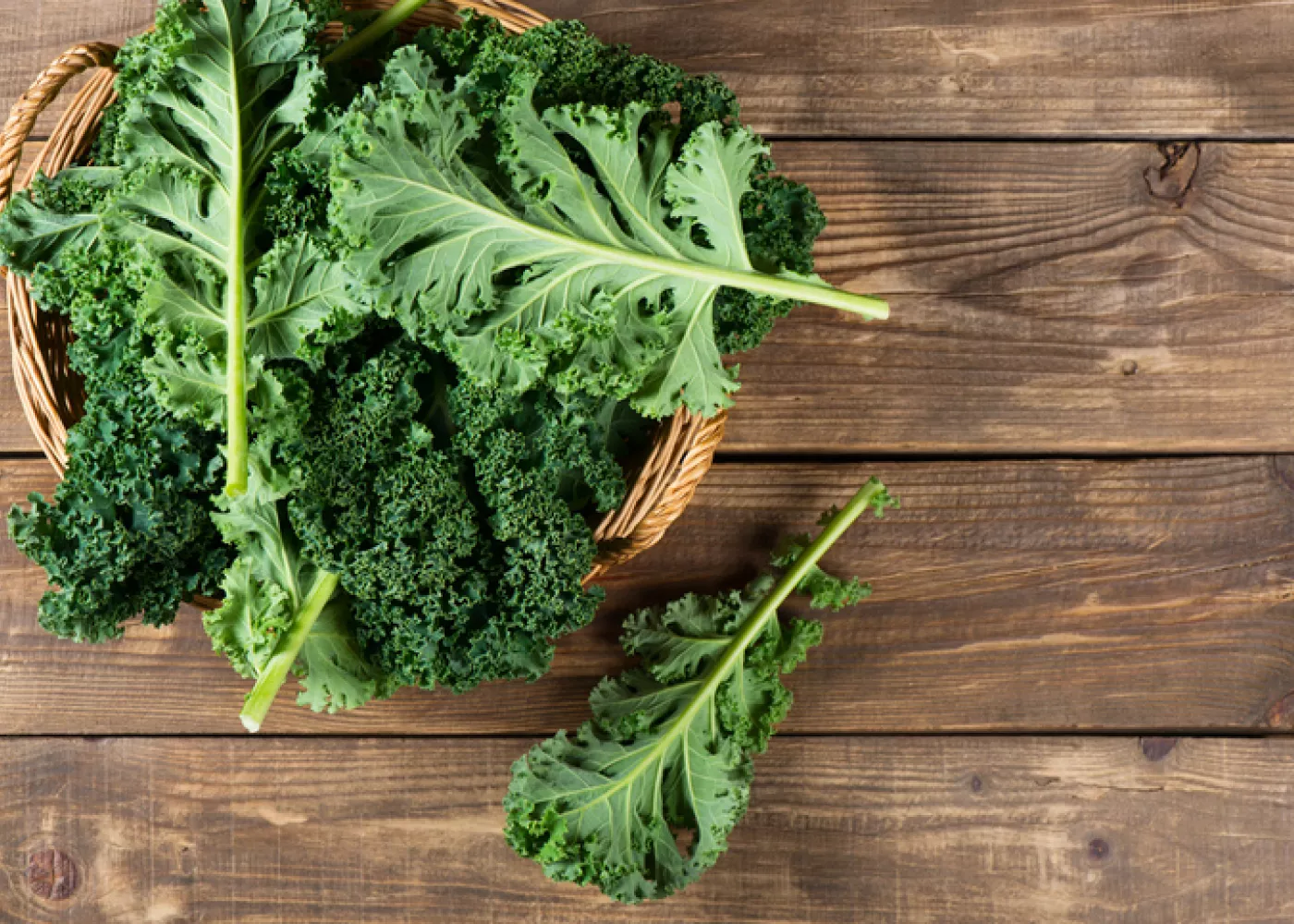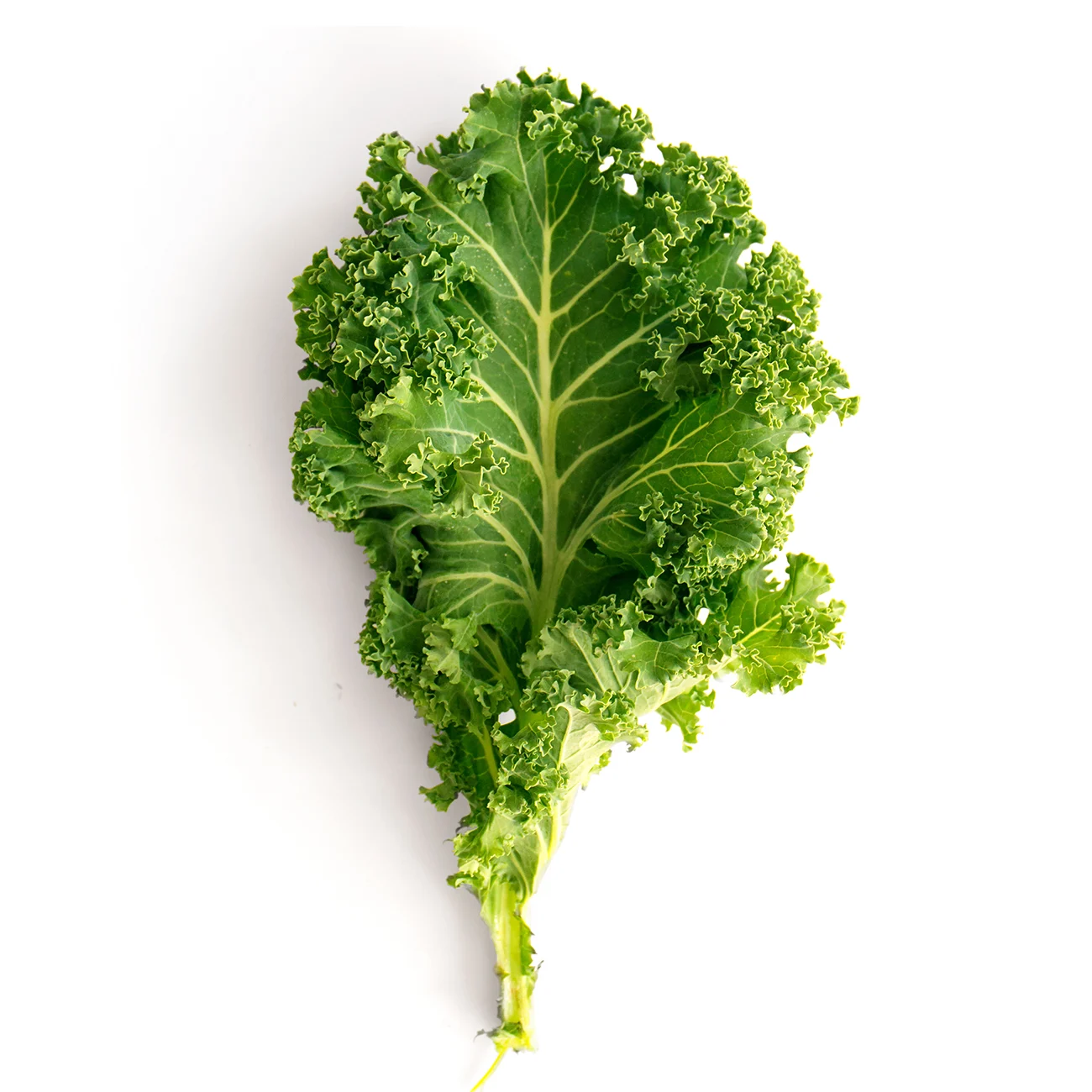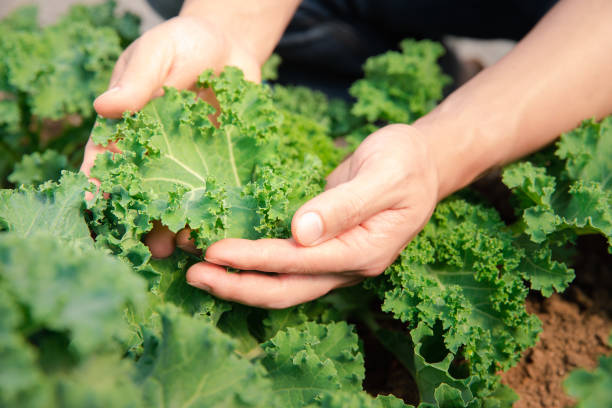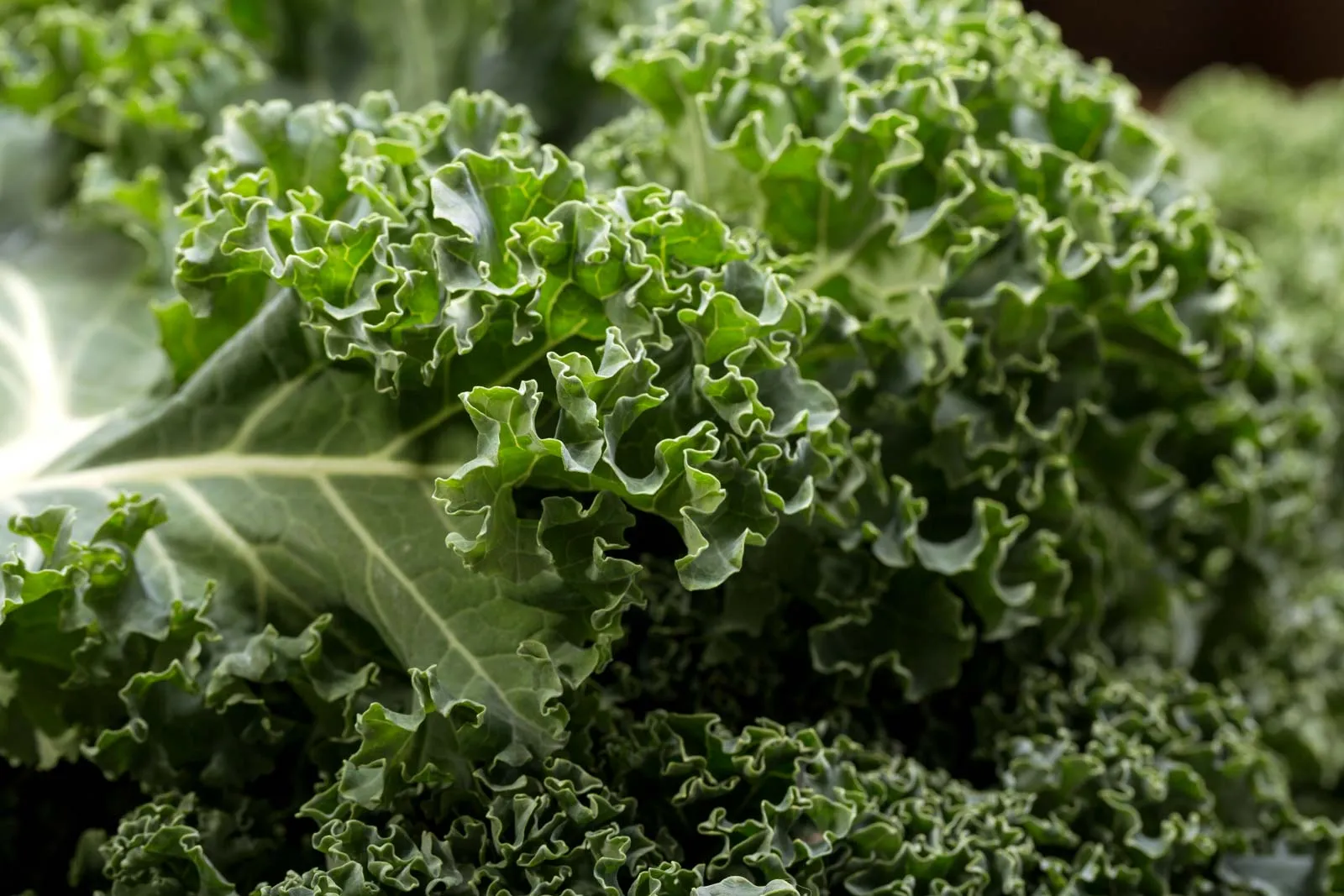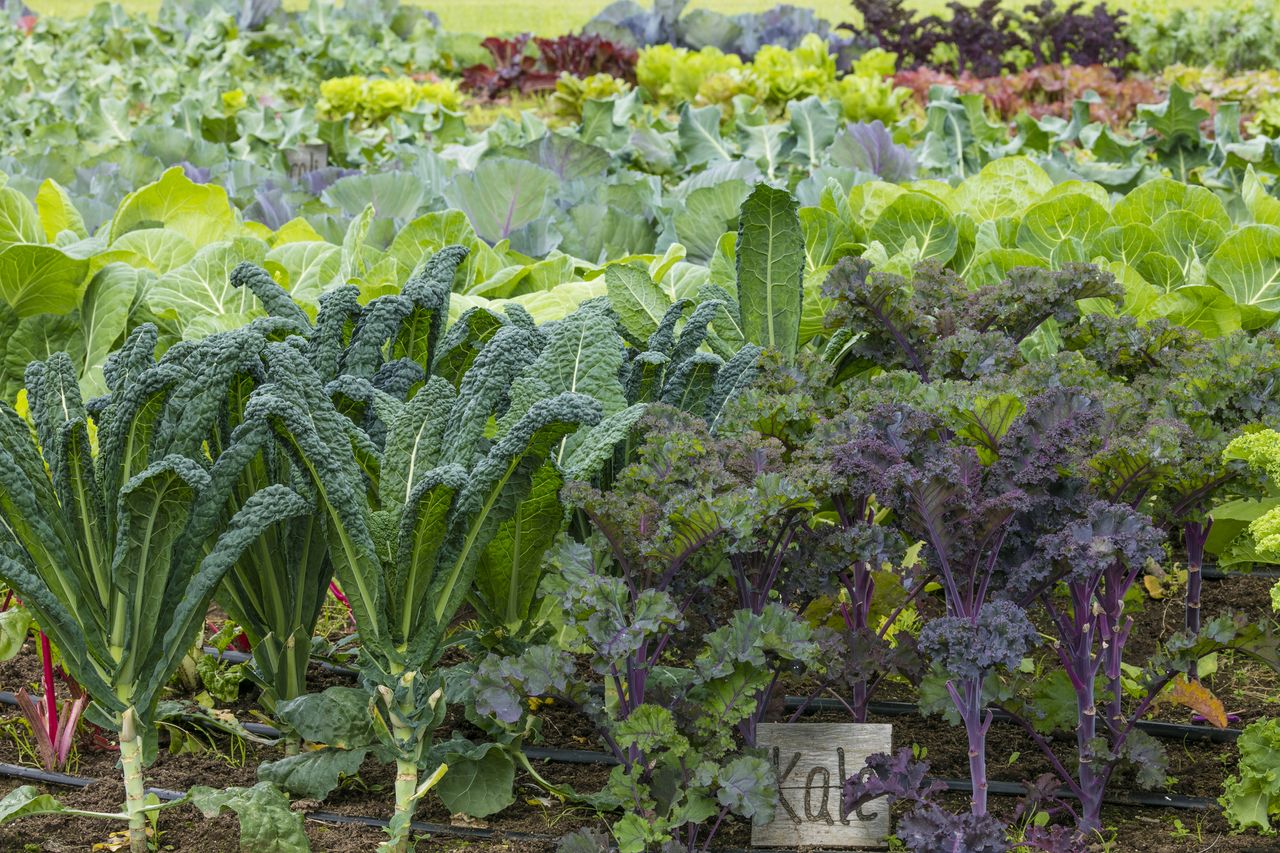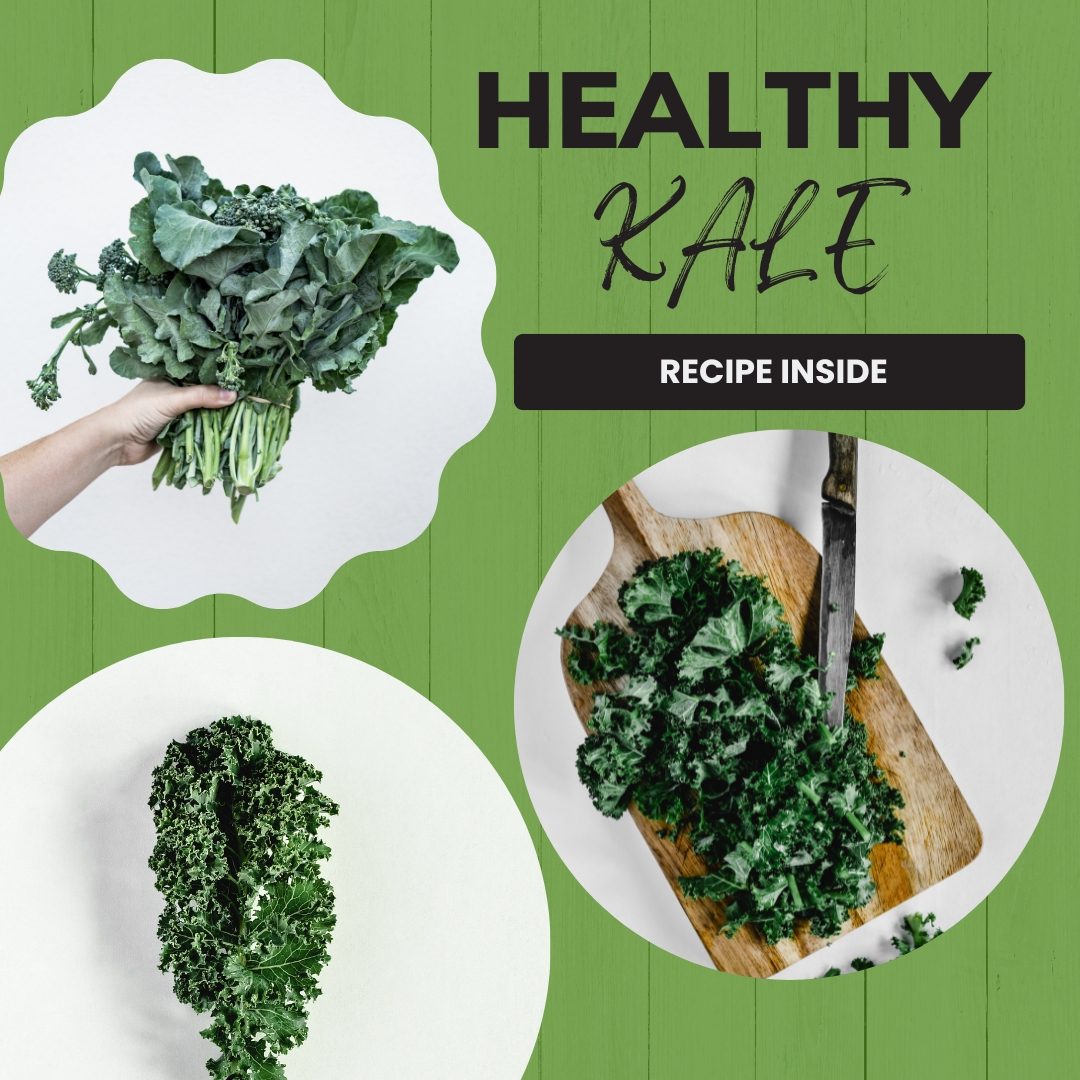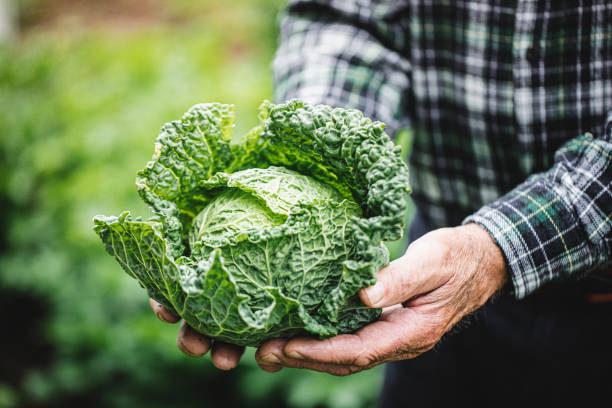
Kale stands as one of nature's most nutrient-dense superfoods, packed with essential vitamins and minerals that support optimal health. This remarkable leafy green contains more iron per calorie than beef and more calcium per calorie than milk, making it an exceptional choice for both vegetarians and health-conscious individuals. The high levels of antioxidants in kale, including beta-carotene and vitamin C, help combat oxidative stress and support immune function.

